
We don’t really have a lawn. It’s more of a lumpy patch of clumpy prairie grass that I faithfully push the mower over every summer. We’ve definitely improved it by mowing and raking out the dead matter, but it’s a far cry from the lush, green carpets that you see in town.
Not that I really care, because even if I did have a lush, green carpet, the dogs would dig it up, the goats would eat it, and my lack of willingness to waste water in the heat of the summer would most definitely do it in.
But as winter has left and spring has sprung around our homestead, I’ve noticed several very bare spots that desperately need some attention.
I love using the frost seeding technique since it’s a simple and frugal way to improve your “lawn” or pasture without needing expensive or complicated equipment.
Last year, we had a large section of bare dirt in our pasture that needed to be seeded. We were able to borrow a neighbors harrow to drag it up (not totally necessary, but nice if you have one available and your area is large) and I then scattered grass seed over the area during a big rain storm in a decidedly unscientific matter. And, guess what? It worked beautifully!
This technique is also valuable if you would like to re-seed your pasture areas, or introduce different grasses or legumes into your forage areas. If you do a swagbucks search on “frost seeding”, you’ll come up with some fancy agricultural sites that have great info, but make it look more complicated than it is.
Simply put, frost seeding is merely throwing some seed out on the ground before the ground completely thaws and allowing the processes of spring rains and snows to drive it into the ground.
Before my attempt last year, I was quite skeptical that it would even work. But I was pleased that I was proven wrong, and my efforts were rewarded with a lush new patch of pasture last year!

Interested in utilizing this technique on your homestead? Here are my pointers:
1. Pick a type of grass seed that is suited for your area. I used a hardy dry land pasture mix, because we get very little moisture here in Wyoming.
2. The best time to frost seed is very early spring, but not too early. Ideally, you should catch it before the ground totally thaws, as the repeated processes of thawing and freezing should help to drive the seed into the ground. However, if you seed too early, the snows and winds of winter will carry your seeds away before they have a chance to make soil contact.
3. Use a rake to rough up the area that you would like to be seeded. It doesn’t need to be ploughed or tilled, just broken up. If you have a very large area or a pasture, use a harrow or drag to break the ground and dead grass. Too much thatch (dead grass that lays over and covers the ground) will prevent the seed from reaching the soil.
4. You can use fancy seed distributers, or not. Last year, I just used a large plastic cup with some holes in the bottom and shook it as I walked. You can get as scientific as you want here, but last year I just tossed some out there and it worked wonderfully!
5. Watch the weather and plan accordingly. A wet, spring snow that covers the ground with an inch or two of moisture might be the perfect opportunity to frost seed. Just be careful not to seed on top of too much snow, as it will just blow away, instead of making contact with the ground, which is a very important aspect of this technique.
Like I said, I’m not an expert, but I know that this simple technique worked wonderfully for me last year. Other than the fact that I was out scattering grass seed in a pounding rain storm while being 9 months pregnant, but that’s a story for another day. 😉
Need some more info on frost seeding? Check out these resources:
Frost Seeding Legumes and Forages into Pastures: UW Extension
Frost Seeding of Forages: UW Extension
Improving Pasture by Frost Seeding: University of Iowa
This post is a part of Farm Friend Friday and the Homestead Barn Hop.
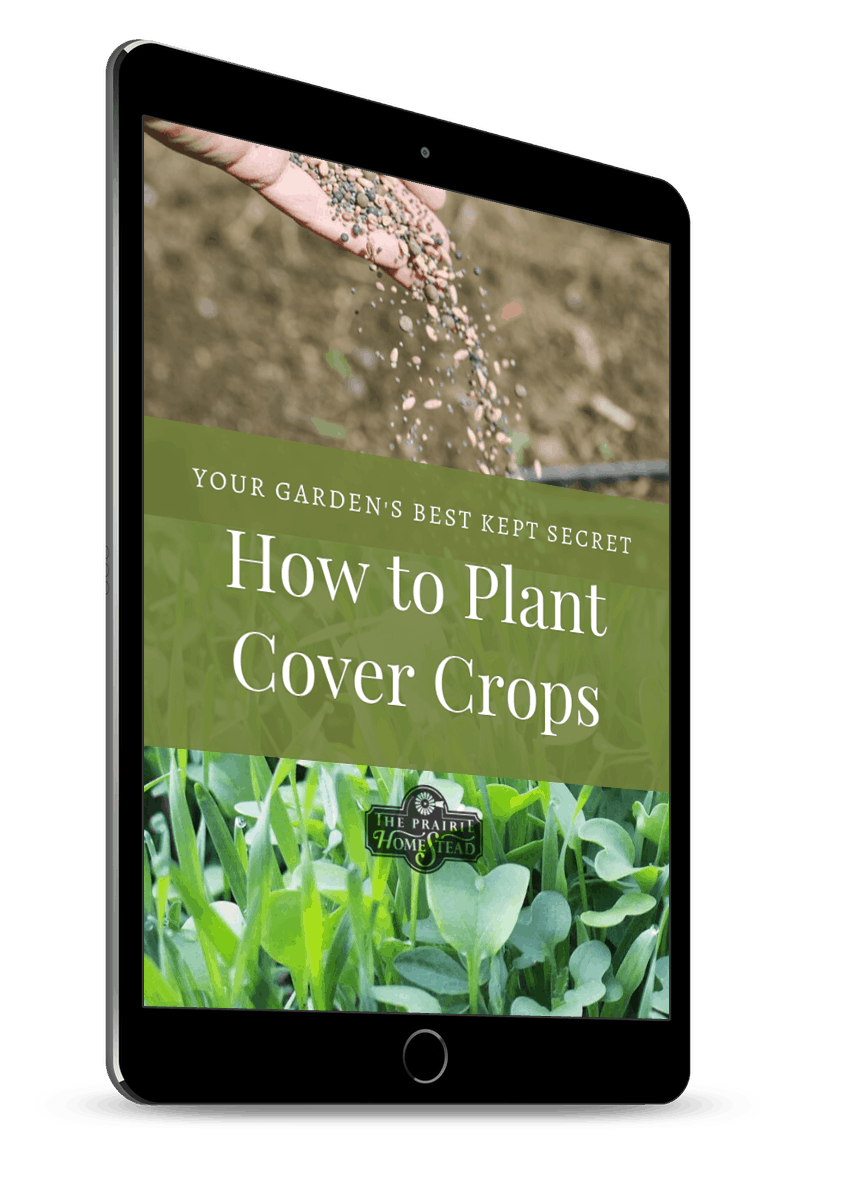
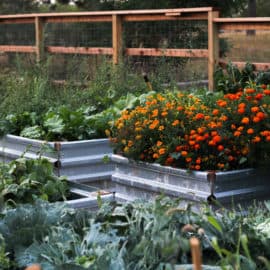
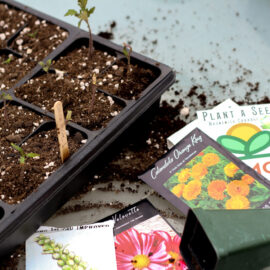
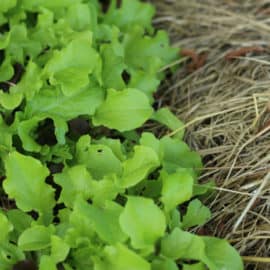
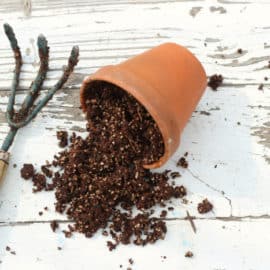
yes, i have heard of this method. we are too far into spring this year…thank you so much for sharing your valuable expertise. i have horses and a smaller field that really needs some reseeding. if you have time, and like flowers, please visit me. i am giving away a white flower farm certificate. they are an awesome nursery locate in Conn. happy spring!
I’ve had luck with just throwing old grass hay over an area and letting it sit and grow new grass. As long as I can keep the geese away, it works!
Nice lush grass…great job!
We tried this method of seeding our pasture this year. All the local farmers told us “it was time” then instead of freezing, it poured so much rain, most of it washed away. Oh well, that’s homesteading, right? We’ll try again next year since plowing and planting isn’t an option when you already have the animals. (I guess it takes a couple years before pasture is usable if you plow and plant)
I hear ya, Quinn! The weather usually doesn’t cooperate for us, either. And plowing/planting wouldn’t work for us either. Too much expense and time. So we’ll continue to gamble with the frost seeding. 😉
FYI – no this isn’t a biggie, but wanted to let you know your last article reference at the bottom of your post is from Iowa State University, not U of I …. 🙂 Love from an Iowan! 😀
Whoops! Thanks for the heads up. 🙂